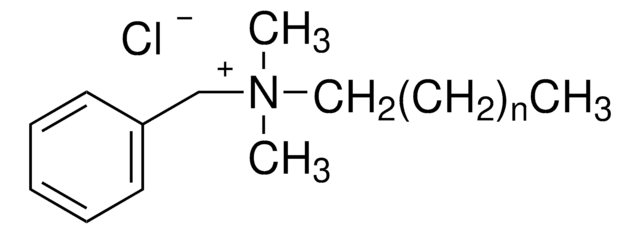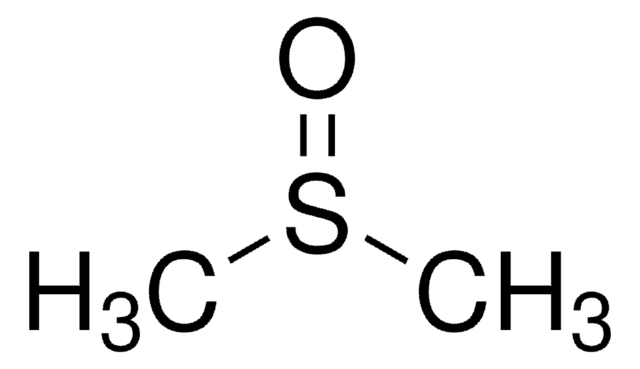8.40008
1-Cetylpyridinium chloride monohydrate
for synthesis
Synonym(s):
1-Cetylpyridinium chloride monohydrate, N-Hexadecylpyridinium chloride, 1-Hexadecylpyridinium chloride monohydrate
About This Item
Recommended Products
Quality Level
form
solid
pH
5.0-5.4 (20 °C, 10 g/L in H2O)
mp
80-84 °C
bulk density
370 kg/m3
storage temp.
2-30°C
SMILES string
[Cl-].[n]1(cc[c+H]cc1)CCCCCCCCCCCCCCCC.O
InChI
1S/C21H38N.ClH.H2O/c1-2-3-4-5-6-7-8-9-10-11-12-13-14-16-19-22-20-17-15-18-21-22;;/h15,17-18,20-21H,2-14,16,19H2,1H3;1H;1H2/q+1;;/p-1
InChI key
NFCRBQADEGXVDL-UHFFFAOYSA-M
Application
- Reduction of bacterial contamination in meat processing: Cetylpyridinium chloride was used as an antimicrobial agent on beef hides, demonstrating significant effectiveness in reducing bacterial contamination, which is crucial for food safety in meat processing industries (Baird et al., 2006).
- Antibacterial effects in dental materials: The dentin primer containing cetylpyridinium chloride in Clearfil Protect Bond showed notable antibacterial effects against oral pathogens, suggesting its potential use in enhancing the antimicrobial properties of dental restorative materials (Imazato et al., 2006).
- Antimicrobial activity on frankfurters: Cetylpyridinium chloride was effective in controlling Listeria monocytogenes on frankfurters, highlighting its role in improving food safety and extending shelf life in processed meat products (Singh et al., 2005).
- Chemical treatment of periodontally involved root surfaces: A study utilized cetylpyridinium chloride in a chemical treatment modality for periodontally involved human root surfaces, illustrating its effectiveness in root surface preparation for dental procedures (Okte and Bal, 2000).
Analysis Note
Water (K. F.): 4.5 - 5.5 %
Identity (IR): passes test
Signal Word
Danger
Hazard Statements
Precautionary Statements
Hazard Classifications
Acute Tox. 2 Inhalation - Acute Tox. 4 Oral - Aquatic Acute 1 - Eye Dam. 1 - Skin Irrit. 2 - STOT SE 3
Target Organs
Respiratory system
Storage Class Code
6.1A - Combustible, acute toxic Cat. 1 and 2 / very toxic hazardous materials
WGK
WGK 3
Flash Point(F)
Not applicable
Flash Point(C)
Not applicable
Certificates of Analysis (COA)
Search for Certificates of Analysis (COA) by entering the products Lot/Batch Number. Lot and Batch Numbers can be found on a product’s label following the words ‘Lot’ or ‘Batch’.
Already Own This Product?
Find documentation for the products that you have recently purchased in the Document Library.
Our team of scientists has experience in all areas of research including Life Science, Material Science, Chemical Synthesis, Chromatography, Analytical and many others.
Contact Technical Service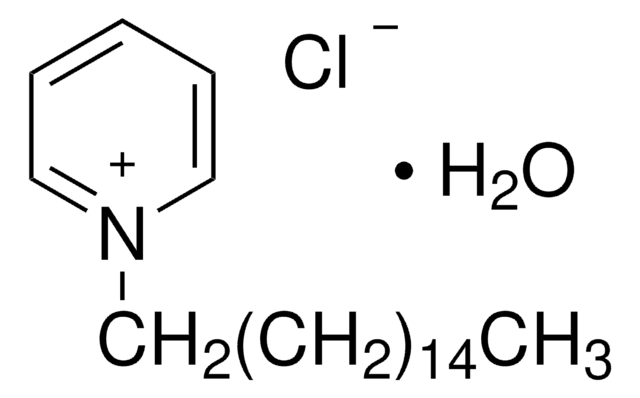
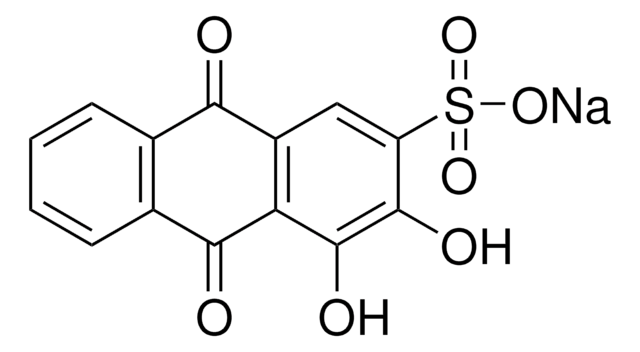
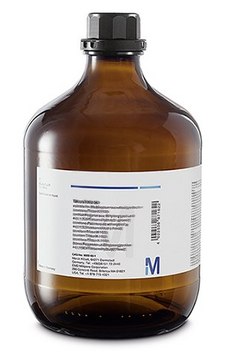
![Sodium nitroprusside dihydrate [disodium pentacyanonitrosyl ferrate(III) dihydrate] GR for analysis ACS,Reag. Ph Eur](/deepweb/assets/sigmaaldrich/product/images/350/751/c4f466f3-0750-4cb4-af8f-5942eba5d12f/640/c4f466f3-0750-4cb4-af8f-5942eba5d12f.jpg)
